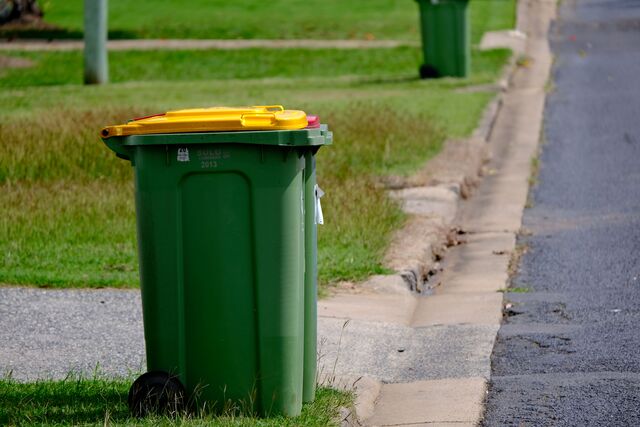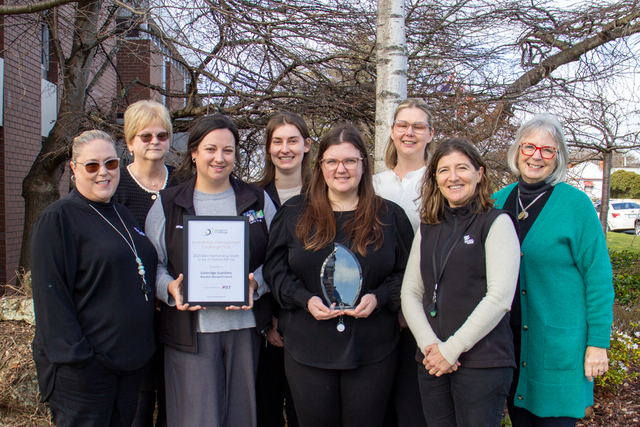There is no doubt that we live in exciting and challenging times. On one hand, our atmosphere is increasingly fogged with harmful greenhouse gases; on the other, heightened government and societal vigilance and new technologies enable us to turn harm to good in ways that benefit communities, our economy and the environment.
Solar energy is gaining ground as a preferred source of renewable energy for homes and businesses. But what about rural communities or other areas that are not considered as viable sun-energised and energy-producing locales?
Well, the good news is that closed landfill sites are superb locations for a solar solution. There is a host of economic, environmental and health-related reasons that these smelly sites make good prospects for a sun-based energy future.
Landfill sites as potential solar installations require you to understand how solar can operate in conjunction with methane extraction and, specifically, what the technical, environmental and economic benefits and challenges can be.
Rubbish tips produce methane gas, which is 21 times more potent as a greenhouse gas than carbon dioxide. Methane that would otherwise enter the atmosphere can be collected and used as a fuel source to generate electricity.
Good for the environment, good for your health
Landfills as solar installation sites turn areas that cannot be used for other purposes into profitable, productive, environmentally beneficial generators of clean, low-cost energy. Appealing aspects include large open spaces, good sun exposure, little to no land value, limited options for alternate use, and relatively low likelihood of public opposition to the project.
Additonally, solar power is a zero-emission electricity source. According to the CEC1, one megawatt hour of solar-derived electricity avoids approximately one tonne of CO2. Solar installations on landfill areas also offer better control of leachate (water that has percolated through a solid and leached out some of the constituents), help ensure cleaner water runoff, enhance water table sequestration and assist in the prevention of ground water contamination
Economic pluses
A landfill site leased or sold for use as a solar installation also becomes an asset to the surrounding community, rather than a detriment. Municipalities that own these areas are generally willing to lease the site for the 20 years or so that are needed, and the municipality will be both the landowner and power purchaser. Also, while solar installations help protect against gas escape, this does not impose restrictions on gas extraction for energy generation, or flaring to eliminate harmful gases.
There are other cost savings to consider. The expense the community saves on energy or earns from leasing the land could be directed to a particular use that residents consider important. And the expense of reclaiming and maintaining areas once used for landfill is also eliminated.
Is solar the answer? (And how your solar provider should help)
Here are some questions that need to be answered before you determine the viability of a landfill site for solar. Your potential solar supplier can and should help you collect the answers to these questions before any investment in solar is made:
Are the physical and environmental characteristics of the site right for solar?
In order to be developed, the landfill should be closed and capped in compliance with all applicable government regulations. Preferably, five years should have passed since landfilling ceased to minimise future settling. Northern exposure with little shade is important as well.
Is the minimum power output right for solar?
To make a commercial-scale solar development worthwhile, minimum power output typically needs to be between 0.5 to one megawatt, requiring at least one to three hectares of open space.
Does the solar provider supply the latest technology for landfill installation?
Solar panel installation requires relatively flat ground, ideally on slopes lower than five percent grade. Also, there is a new ‘floating’ architecture that securely anchors the solar panels to the landfill surface without penetrating the landfill cap, which would increase risk of flammable methane gas leaking and introduce infiltration of water.
Are there social or environmental aspects near the site that might impede development?
For example, if there are wetlands or floodplains near the installation site, this can result in certain portions of the site being off-limits to development. These aspects might affect a community’s willingness to cooperate with solar developments.
What is the site’s proximity to a utility connection?
If the nearest electric utility lines are more than 1000 metres from the site, the connecting infrastructure may be cost prohibitive. Local utlity interconnection policies might also affect the project.
Once these questions are answered, you’ll have a good sense of whether solar makes sense for your landfill site. And remember, despite obstacles, local and federal Government targets for renewable energy, combined with Renewable Energy Certificates, Carbon Credits, tax benefits and incentives, may make solar use of landfill sites the very best energy, environmental and economical solution to an otherwise troubled area of land.
1 Clean Energy Council website: www.cleanenergycouncil.org.au
*Copy supplied by Solar Inception Pty. Ltd.
Local Government Focus Bylined Article by Doug Fletcher,General Manager,







